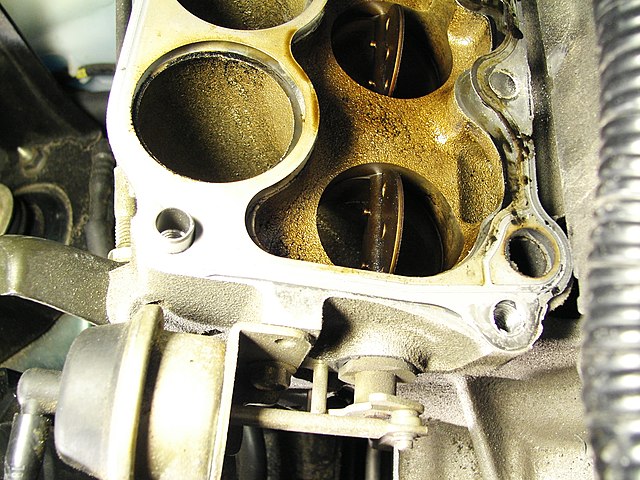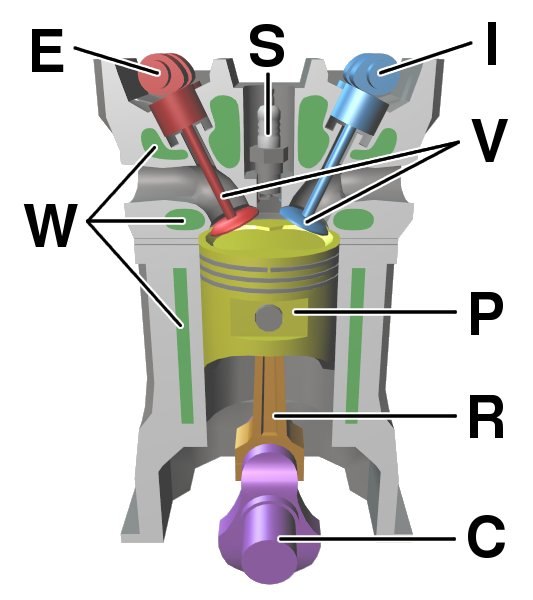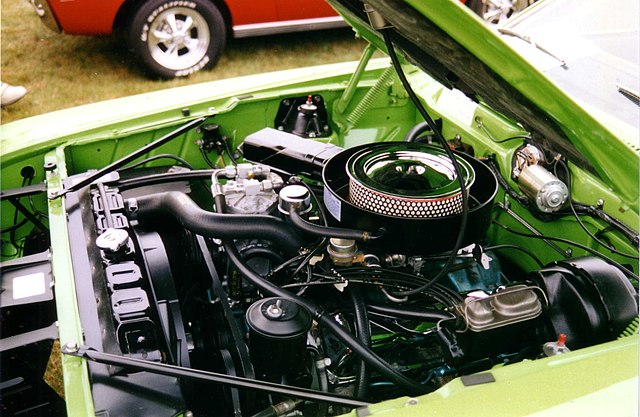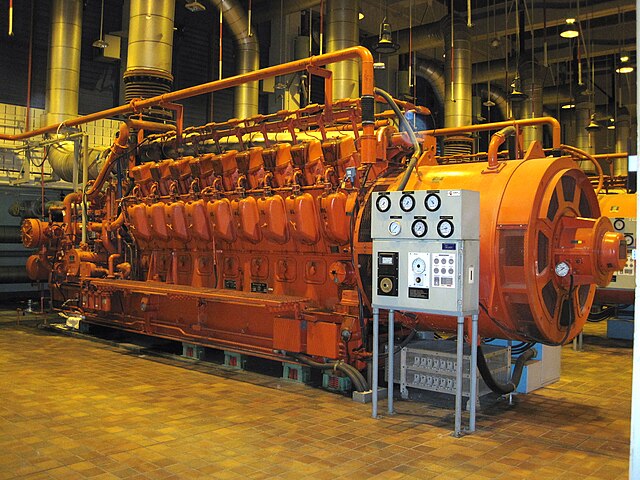An inlet manifold or intake manifold is the part of an internal combustion engine that supplies the fuel/air mixture to the cylinders. The word manifold comes from the Old English word manigfeald and refers to the multiplying of one (pipe) into many.
Carburetors used as intake runners
Comparison of a stock intake manifold for a Volkswagen 1.8T engine (top) to a custom-built one used in competition (bottom). In the custom-built manifold, the runners to the intake ports on the cylinder head are much wider and more gently tapered. This difference improves the volumetric efficiency of the engine's fuel/air intake.
Lower intake manifold on a 1999 Mazda Miata engine, showing components of a variable length intake system.
Internal combustion engine
An internal combustion engine is a heat engine in which the combustion of a fuel occurs with an oxidizer in a combustion chamber that is an integral part of the working fluid flow circuit. In an internal combustion engine, the expansion of the high-temperature and high-pressure gases produced by combustion applies direct force to some component of the engine. The force is typically applied to pistons, turbine blades, a rotor, or a nozzle. This force moves the component over a distance, transforming chemical energy into kinetic energy which is used to propel, move or power whatever the engine is attached to.
Diagram of a cylinder as found in an overhead cam 4-stroke gasoline engine: C – crankshaft E – exhaust camshaft I – inlet camshaft P – piston R – connecting rod S – spark plug V – valves. red: exhaust, blue: intake. W – cooling water jacket gray structure – engine block
Reciprocating engine of a car
Diesel generator for backup power
Bare cylinder block of a V8 engine







